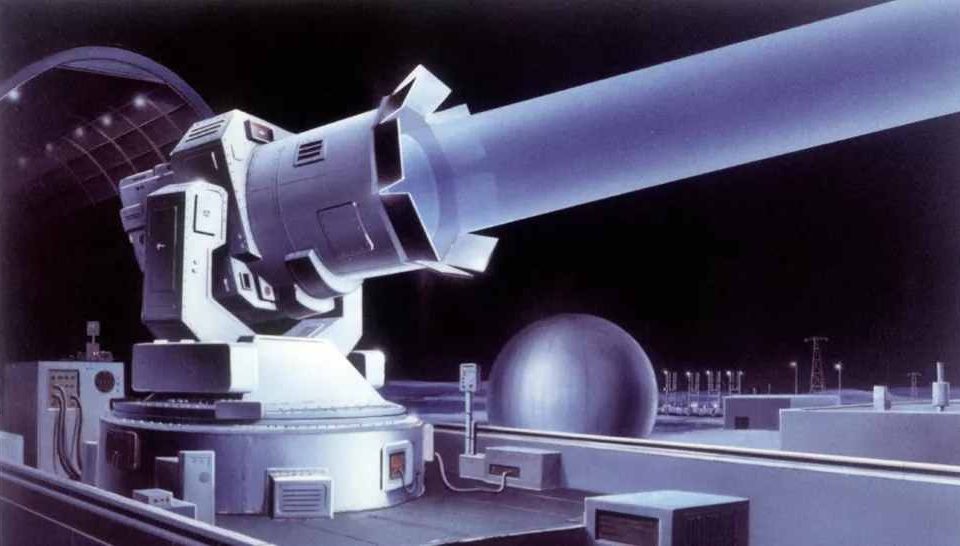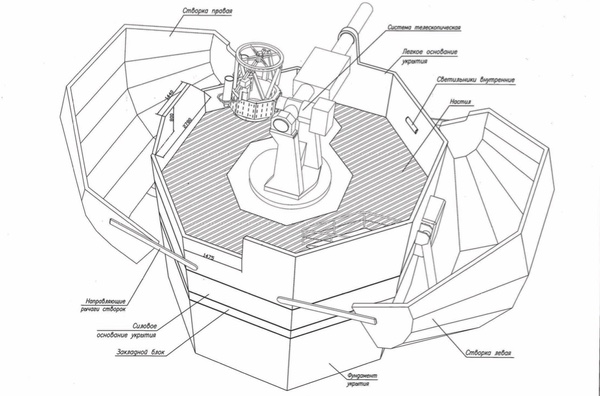Meet Kalina, the world’s most deadly laser system that can permanently blind adversary satellites

While everyone is worried about the potential of nuclear war between the United States and Russia, maybe there’s something more apocalypse we should all be worried about. Currently, the United military supremacy comes from its air and naval power.
However, the best US fighter jets still rely on SATCOM avionics, an airborne voice and data service that allows an aircraft to communicate via satellite. The GPS is a constellation of orbiting satellites that provides navigation data to civilian and military all around the globe.
In 2018, the United States Air Force turned off the Global Positioning System (GPS) satellites to rehearse a war without it them. The result is “the largest Red Flag ever with the largest number of participants, highlighting the balance of training efficiency with mission effectiveness,” Col. Michael Mathes said. Fast forward four years later, the Air Force’s worst fear has been realized.
According to an investigation reported by Space News, recent Google Earth images revealed the construction of what appears to be a sophisticated laser system at a Russian space facility designed to blind enemy satellites. The construction is taking place at the Russian Ministry of Defense’s Krona space facility near Zelenchukskaya in Russia’s far southwest, a place well known in the astronomical community and the home of the massive RATAN-600 radio telescope.
The existence of the new complex was first reported by the open-source investigation and published in The Space Review. Among others, the report analyzed public satellite imagery, solicitation documents from Russian industrial contractors, and other Russian financial documents.

In a statement, The Space Review author Bart Hendrickx wrote:
“There is strong evidence that a space surveillance complex in Russia’s northern Caucasus is being outfitted with a new laser system called Kalina that will target optical systems of foreign imaging satellites flying over Russian territory. Initiated in 2011, the project has suffered numerous delays, but recent Google Earth imagery shows that construction is now well underway. Kalina will complement a mobile laser dazzler known as Peresvet that has been operational since late 2019.”
According to Hendrickx, Kalina complements a mobile laser dazzler known as Peresvet that has been operational since late 2019. The Kalina is part of the Russian Ministry of Defense’s Krona (“tree crown”) space surveillance complex, which consists of a radar system (designated 40Zh6) and a lidar (designated 30Zh6), which are several kilometers apart.
“The lidar (literally referred to in Russian as a “laser-optical locator” or LOL) is situated on top of a two-kilometer-high mountain called Chapal (its exact coordinates being 43°43’2″N, 41°13’41″E). Krona was conceived back in the mid-1970s (among other things to provide targeting data for Soviet anti-satellite systems), but didn’t become operational until early this century. The radar system is mainly intended to furnish LOL with accurate trajectory data to point its telescopes at targets of interest,” Hendrickx explained.
The laser-optical locator comprises a 1.3-meter narrow-angle telescope with adaptive optics for high-resolution imaging of satellites in low orbits and a 0.4-meter wide-angle telescope for the detection of satellites in high orbits.

Below is a video of Kalina works.

